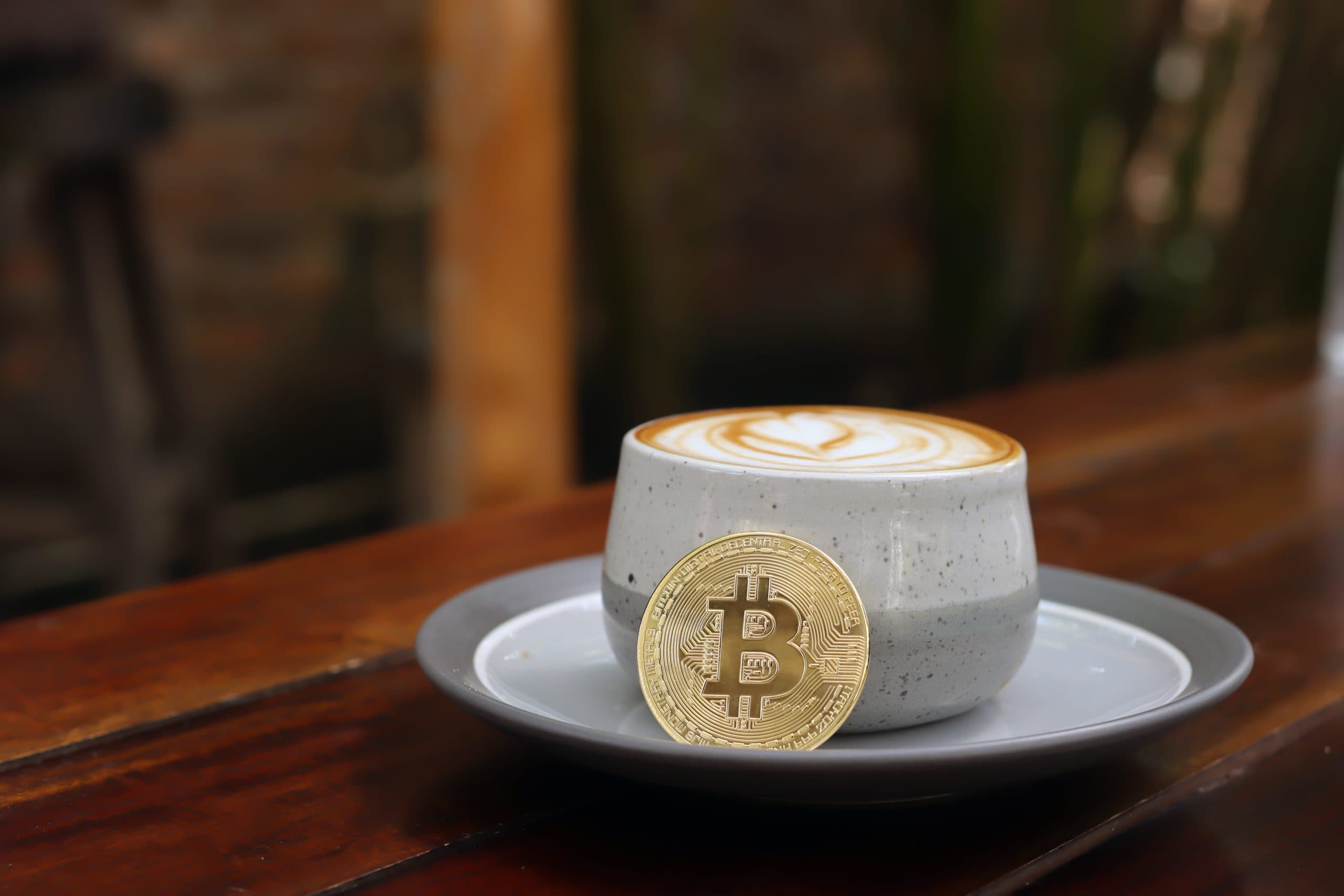Solana: from DeFi 2.0 to the first Web3 cell phone
3 min readRising rapidly, falling deeply: Solana was the high-flyer of 2021 – and became the big loser of 2022, with a price loss of 94 percent. The main reason: the FTX crash in November. The US crypto empire was one of the main sponsors of the Solana ecosystem. Repeated network failures and hacks also damaged the reputation of the crypto hopeful, which is considered to be the cheap and “fastest blockchain in the world” with 65,000 transactions per second.
How will things continue in 2023? Austin Federa, Head of Strategy and Communication at the Solana Foundation, spoke to BTC-ECHO about the key milestones for this year – and the team’s big goal: a blockchain for the mainstream. How is that supposed to work? With DeFi 2.0, the launch of the first Web3 mobile phone Saga and a “tokenized infrastructure” as well as many small blockchain improvements.
Solana is stronger than before the FTX crash
The FTX crash as a cleansing thunderstorm: According to Federa, Solana is on much more solid foundations today than it was in November 2022. The number of validators – the global nodes that secure the network – has since increased by about ten percent to around 2,600. According to Electric Capital, Solana attracted more developers than any other blockchain last year, growing 87 percent — growing to 2,000 programmers. However, only open source coders are counted. According to Federa, the real number is in the range of 3,000.
The network failures are also being worked on behind the scenes. “Solana was growing too fast. We thought our big eruption would come in 2022, but it came a year early. This often brought the system to a load limit. We’ve invested heavily over the past year in adapting the core infrastructure, with three substantial upgrades that eliminate many of the issues.”
The first major stress test came with the FTX crash. The panic in the market led to many transactions, especially in the DeFi area. “The system couldn’t have done it before. Everything went very smooth this time.” In addition, a second validator network is to be launched in the fourth quarter of 2023, which will protect Solana in moments of crisis – like an emergency generator.
Capitalism eats itself
Solana’s grand vision: give users back power over their data and democratize participation in value creation. “Many people always think of libertarianism when they think of crypto. But actually it’s very socialist,” explains Federa. “Every day the big corporations take money out of our pockets, everything is monetized to the death. We turn capitalism against itself. Instead of Google and Co., in a decentralized model, we all earn money, every day.”
Great hopes are placed in the area of ”tokenized infrastructure” such as Hive Mapper, a decentralized Google Street View. According to Federa, such a model is cheaper and more accurate. “Street View is only updated every four years. Plus, a ride can cost as much as $150,000.” With Hive Mapper, you just take your phone with you when you go on a trip and get paid to map something. The costs are only a fraction and the user is rewarded.
The great hope of Solana
Also with Saga, the first Web3 mobile phone, one wants to attack the monopoly position of the Big Five. The smartphone is scheduled to launch in April 2023 for $1,000. The most prominent features: a built-in and highly secure wallet, transactions via fingerprint, own Web3 apps – and a fee-free app store. So you want to declare war on the competition for Apple and Google, who demand 30 percent of the income from developers.
With DeFi 2.0, they also want to offer more complex financial services in 2023, for example a trading platform for real estate derivatives or lending services with their own order book. The vision: “DeFi will be much more connected to the real world.”






